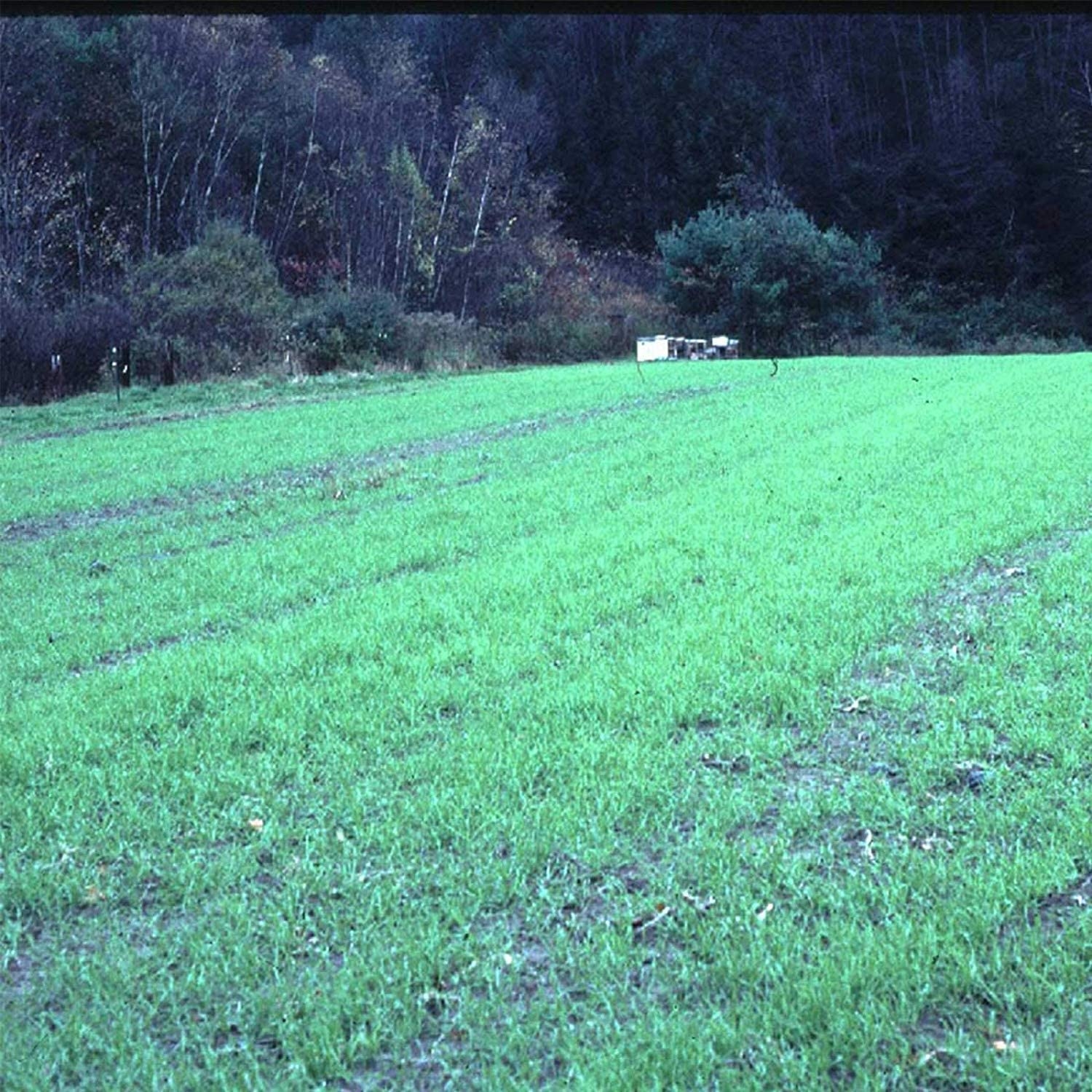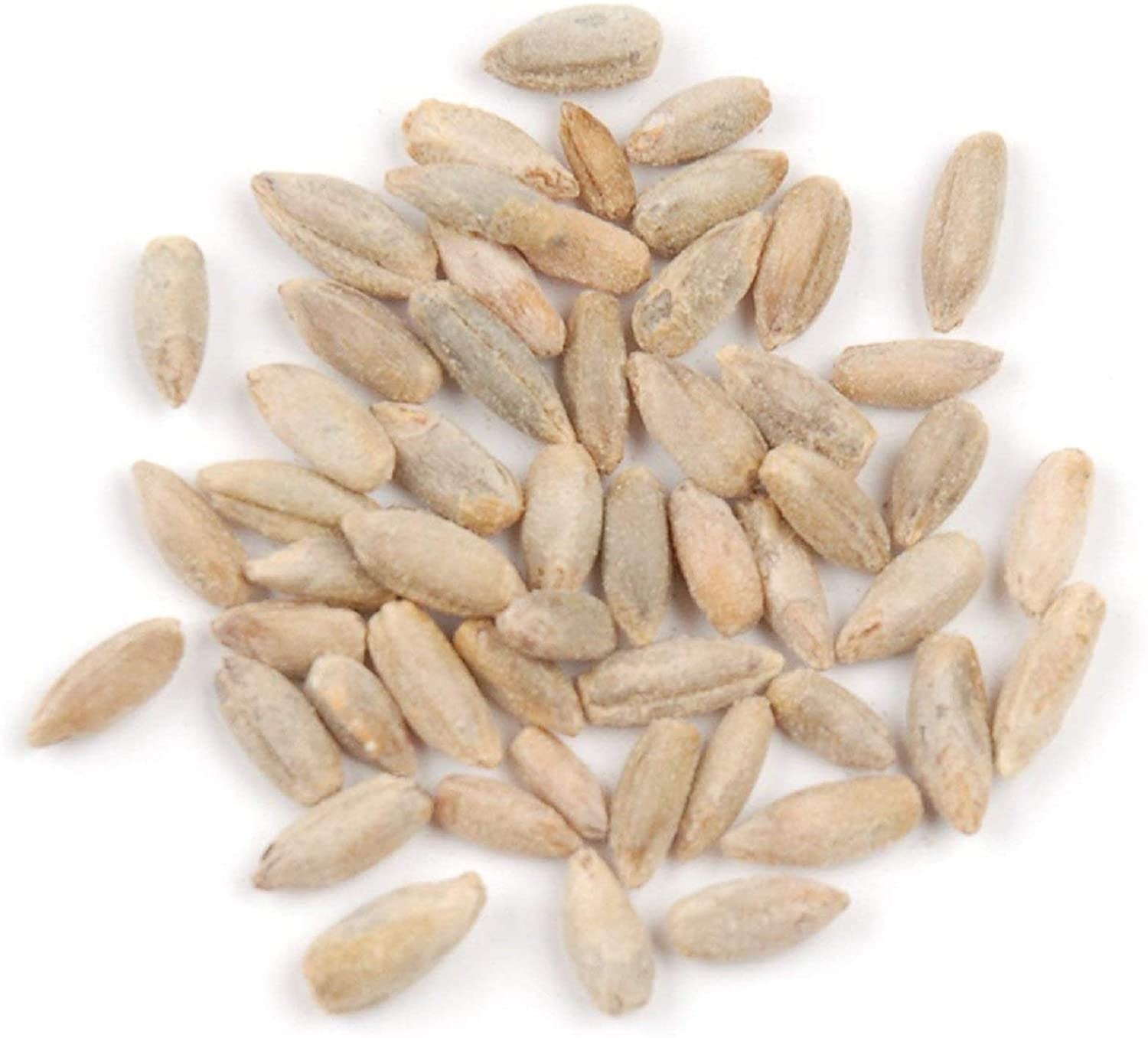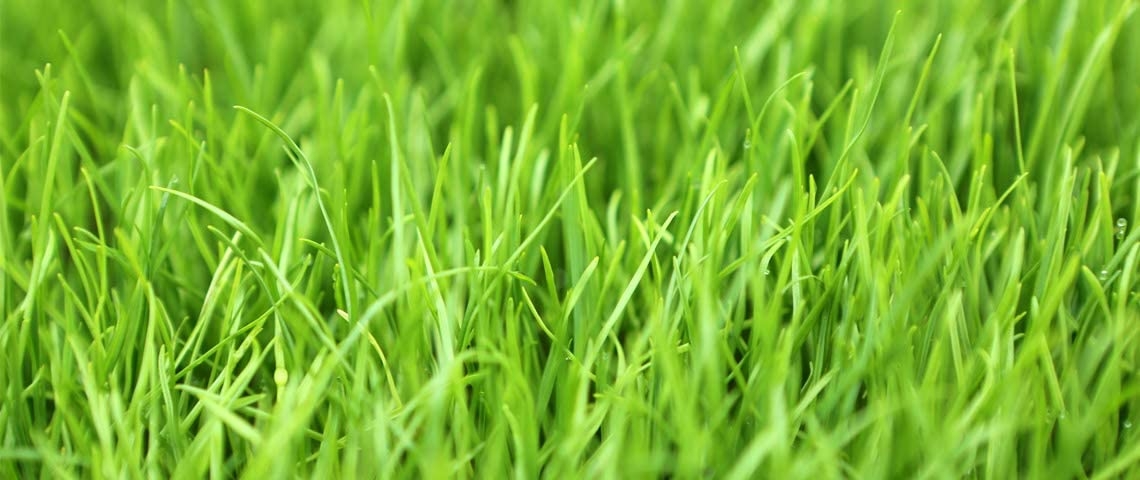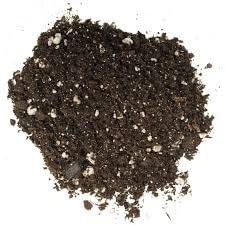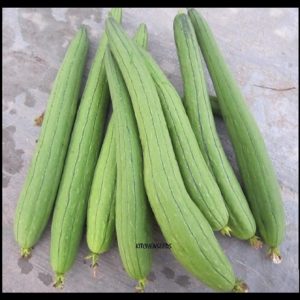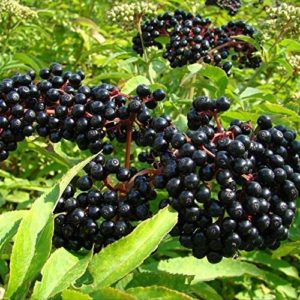Description
Winter rye is a cereal grain that should not be confused with ryegrass, which is for pasture, hay, lawns, and cover crop. Winter rye is planted in the fall and can germinate and grow very quickly in cool soils. The fast growth of winter rye suppresses even the most noxious of weeds, and will do better than other grains in poor soils. It’s the most cold-hardy of the grains able to withstand temperatures 30 degrees below zero! Its long root structure will hold soils in place and prevent soil compaction and erosion, plus quietly siphon available nitrogen from the ground for recycling. In the spring you can decide how to best utilize this unique crop: use it as a green manure and return the biomass and recycled nitrogen back into the soil for the next crop; use it for animal forage; or just before seed set you could cut and use it for a very clean mulch to be used around other crops such as strawberries. Of course, you could let if fully mature and use the grain for making flour, rye bread, rye beer, or animal fodder. Winter rye is a grain that is quite happy to be grown with a legume like hairy vetch or crimson clover. Sow seed late August-early September at 4-5 pounds per 1000 square feet; 50-125 pounds per acre.


